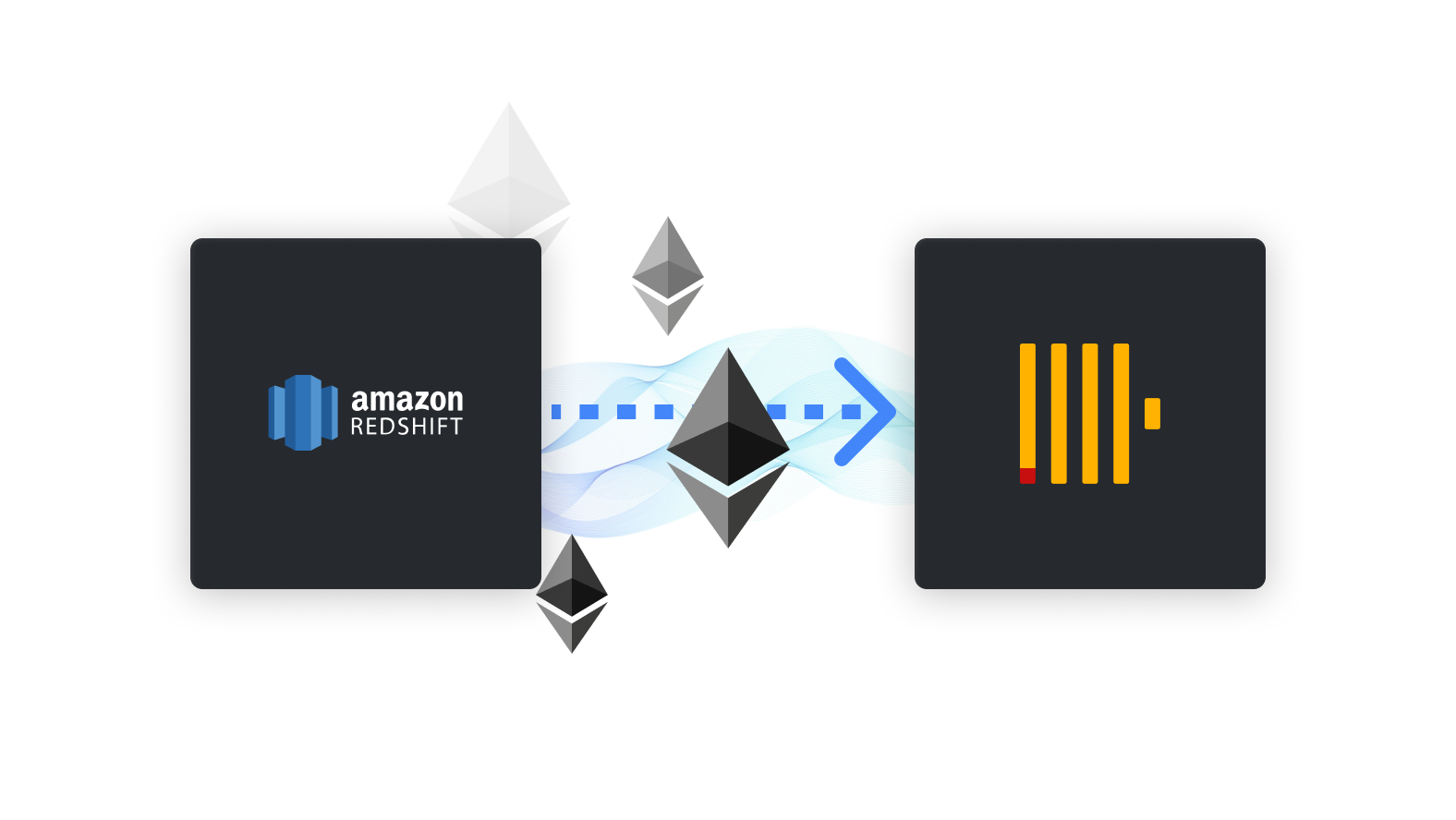

If you drop the underlying table, and recreate a new table with the same name, your view will still be broken. When you make a database update, Liquibase reads from the DATABASECHANGELOG table to determine which changesets need to run. views reference the internal names of tables and columns, and not what’s visible to the user.Views on Redshift mostly work as other databases with some specific caveats: ORMs have never had good support for maintaining views. ALTER TABLE tablename ALTER COLUMN columnname TYPE newdatatype Example, below command resizes column1 to varchar (100).
#Redshift alter table hangs how to

IMSoP at 10:26 4 when importing data with a COPY command you need the column order in the table to match the column order of the CSV file. To confirm this, try pushing a few million rows into a dummy table (something which takes more than 5. The ALTER TABLE docs don't mention any way to do it, but that doesn't prove there isn't a workaround of some sort, particularly in Redshift, which uses a 'column-oriented' storage model. The third advantage of views is presenting a consistent interface to the data from an end-user perspective. Its most likely not a connection drop issue. Creating the view excluding the sensitive columns (or rows) should be useful in this scenario. A user might be able to query the view, but not the underlying table. The second advantage of views is that you can assign a different set of permissions to the view. This is pretty effective in the data warehousing case, where the underlying data is only updated periodically like every day.

If your query takes a long time to run, a materialized view should act as a cache. There are three main advantages to using views:Ī materialized view is physically stored on disk and the underlying table is never touched when the view is queried.


 0 kommentar(er)
0 kommentar(er)
